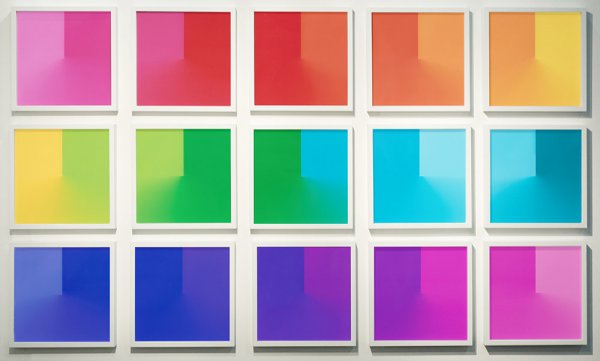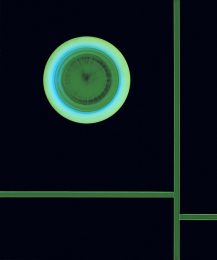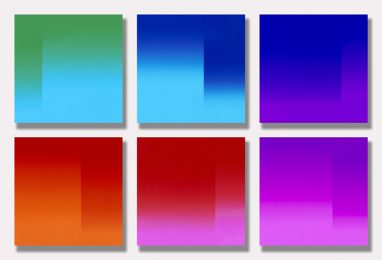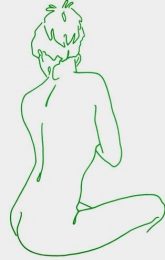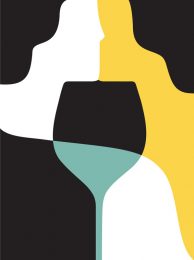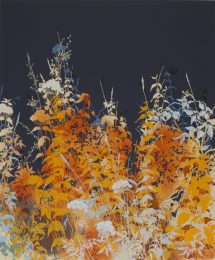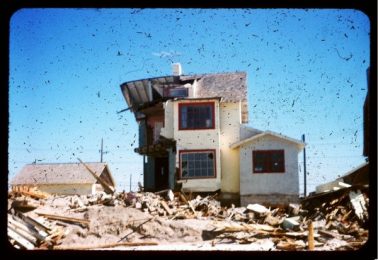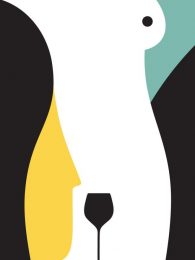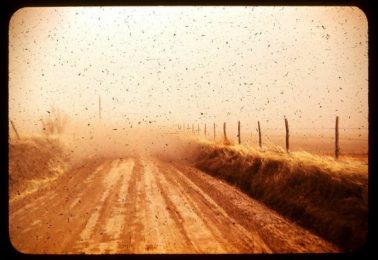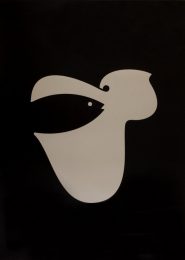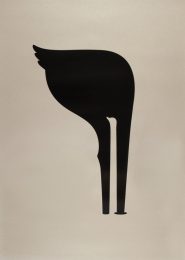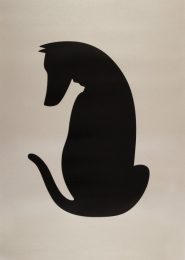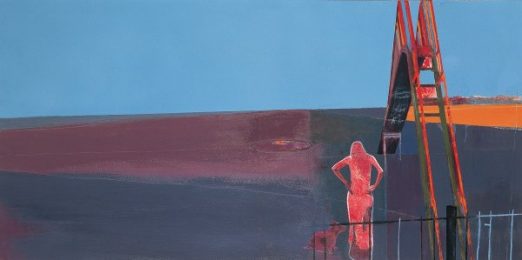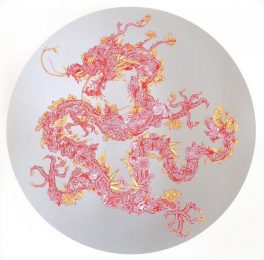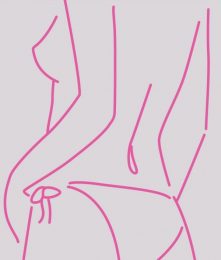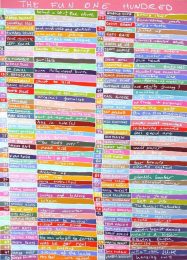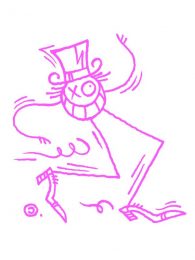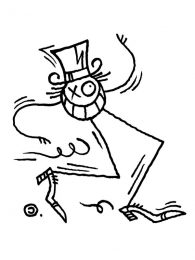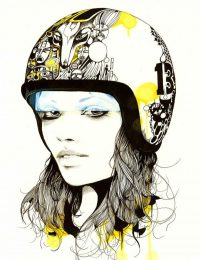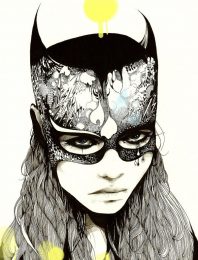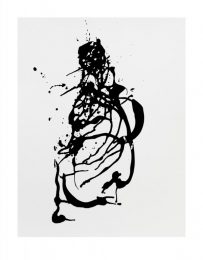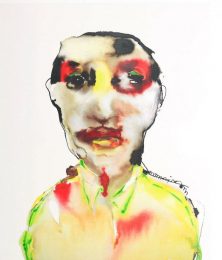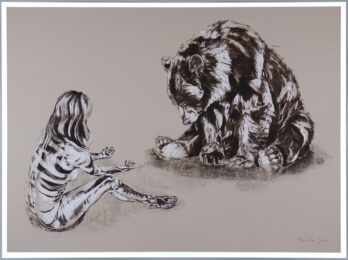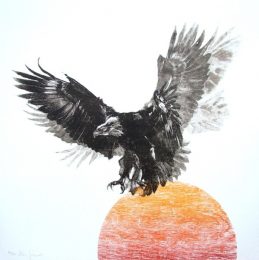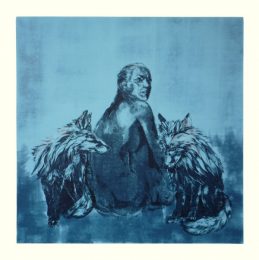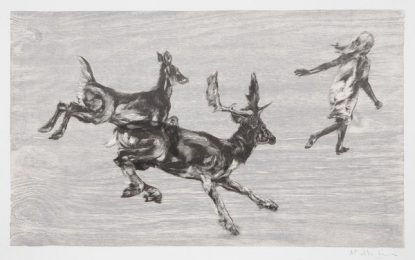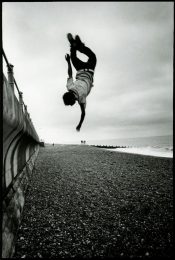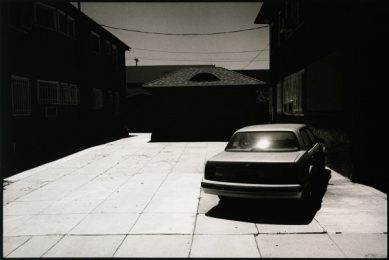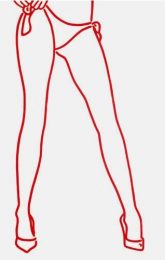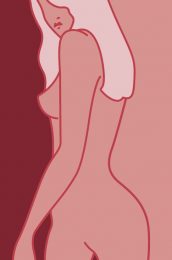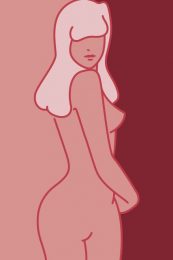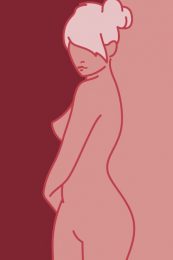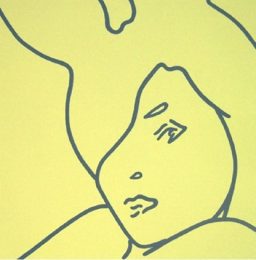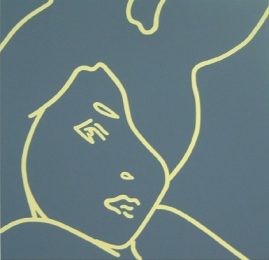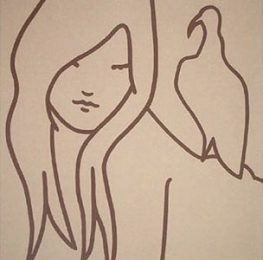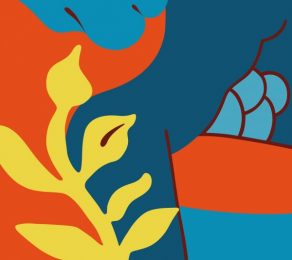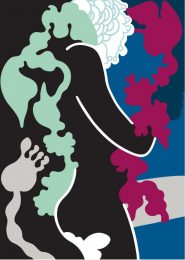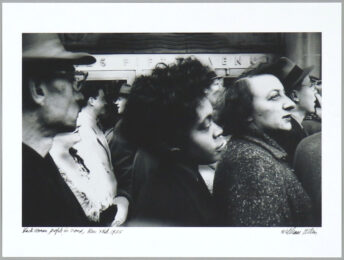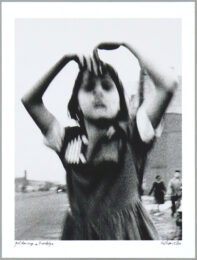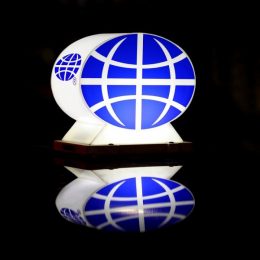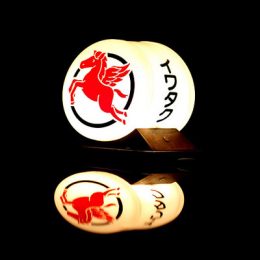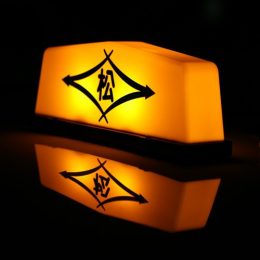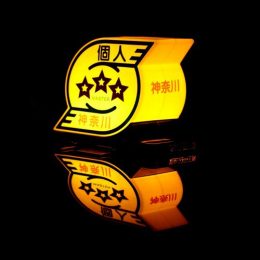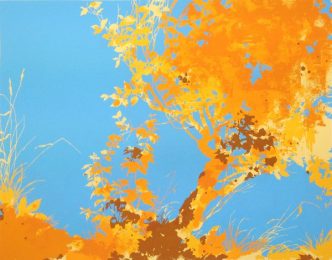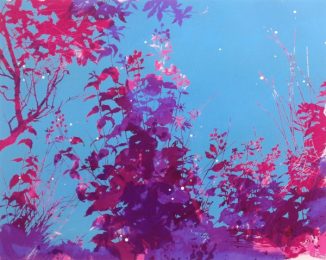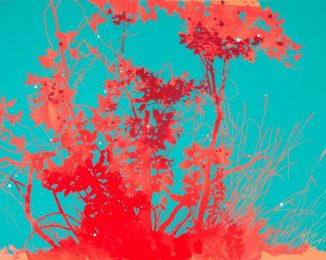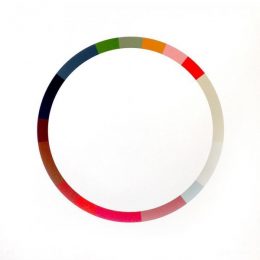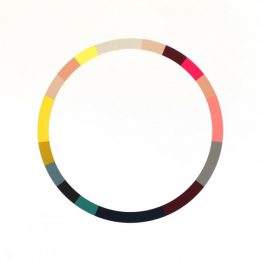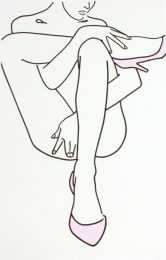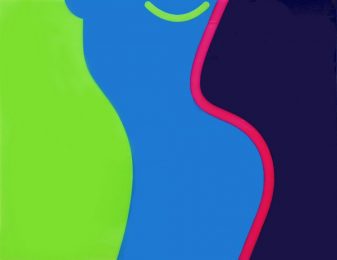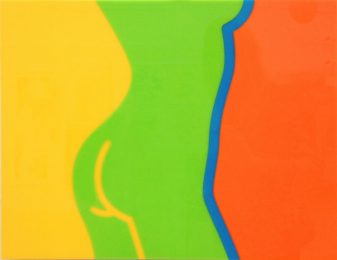Details — Click to read
Set of 15 c-type lambda prints from luminograms on Fuji Crystal Archive gloss paper
Jo Bradford’s cameraless works are essentially photographs of photography, with the photographic means becoming the object and the medium the subject. By using only the primary tools of analogue photography: light and paper, in a sense ‘photography’ itself makes its own self-portraits.
Inspired by “Interaction of Colour”, a book on colour theory by Josef Albers, Bradford’s 2016 work ‘Autogenesis’ consists of 15 limited edition photographic prints taken from original luminograms, which she makes by tracing light onto light sensitive paper. Creating luminograms is an extremely time-consuming process that takes immense skill and patience. In a completely black darkroom, masks are used to create areas of shadow, which alters the path of light on its way to the paper during the exposure of brief flashes. In this blind space, white light is refracted into the colours of the rainbow and those colours are captured onto the photographic paper to make the individual works of ‘Autogenesis’.
By working in this way, Bradford is creating pure photographs that don’t represent an external reality. Her non-figurative works subvert the established fidelity of the photograph as a record of an object, referring only to themselves, without seeking to illustrate or represent anything. This type of photography is known as Concrete Photography, which differs from abstract photography in that concrete photography takes an idea and makes it into a reality, whereas abstract photography idealises something that already exists.
Born in Hertfordshire, UK, and raised in South Africa, Jo Bradford has worked with cameraless photographic mediums such as luminograms and photograms in her colour darkroom on Dartmoor, Devon, UK for over a decade. She started showing her photographic work in 2000 and since then has exhibited regularly, selling work both nationally and internationally. After winning two Arts Council Awards, she took a year out to complete her Master’s in Photography: Critical Practice from University College Falmouth in 2004, where she received a rare distinction. She was artist in residence at Plymouth College of Art from October 2010 to June 2011.
Fascinated by geometric abstraction, minimalism and the Bauhaus and De Stijl movements, inspiration comes from the colour field work of Mark Rothko and the work of artists such as Josef Albers, Wassily Kandinsky and Terry Frost.

